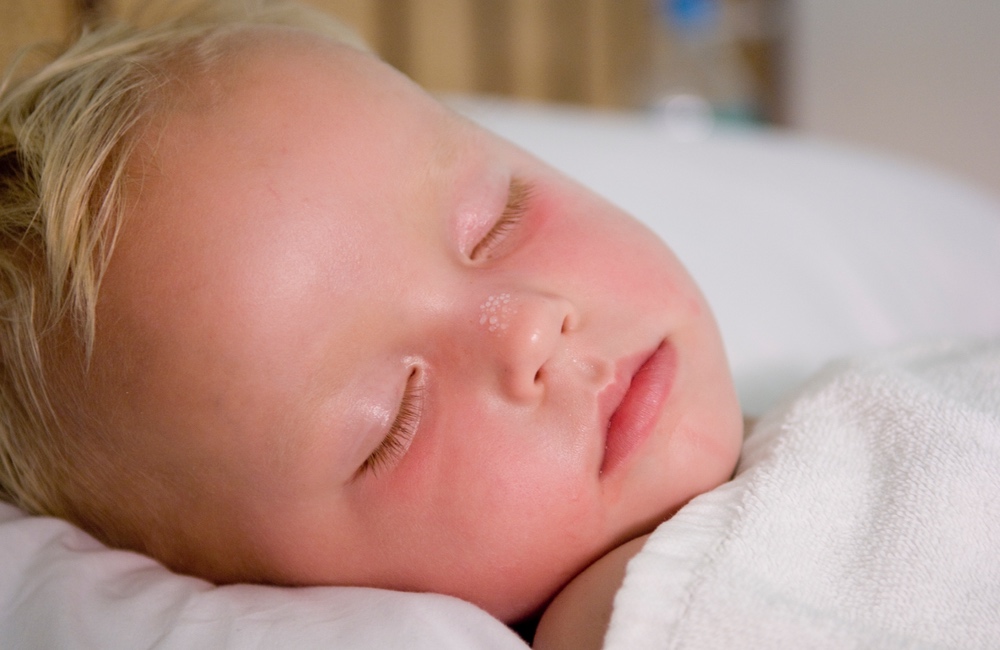When your kid has a fever, along with keeping them cozy on the couch, putting a cool compress on their forehead and offering plenty of liquids, you might automatically reach for fever-reducing medications like children’s-strength aspirin, acetaminophen (Tylenol) or ibuprofen (Motrin). Automatically trying to lower your child’s fever isn’t always recommended, however; though you’re not alone in doing it.
One in three parents give their kids medicine for a low-grade fever — a fever below 100.4 degrees Fahrenheit — according a recent poll of nearly 1,400 parents of young children under the age of twelve. One in two parents said they use the medicine for temperatures that are between 100.4 and 101.9 F. The C. S. Mott Children’s Hospital National Poll was administered between August and September of 2022.
Although these meds may keep your kid comfortable, medical experts say they’re not necessary. And because fever reducers can mask pain and other symptoms, they could even make it tougher for your pediatrician to diagnose what’s causing the fever in the first place.Lowering a child’s temperature doesn’t typically help cure their illness any faster. In fact, a low-grade fever helps fight off the infections.
“Some parents may immediately rush to give their kids medicine but it’s often better to let the fever run its course,” she added. “Lowering a child’s temperature doesn’t typically help cure their illness any faster. In fact, a low-grade fever helps fight off the infections. There’s also the risk of giving too much medication when it’s not needed, which can have side effects.”
The Mott Poll also found that while eighty-four percent of parents will take their kid’s temperature again before giving a second dose, 26 percent of the parents will give another dose, even if there’s no fever present.
So, what should you do if your child has a fever?
- First of all, parents should promptly contact their pediatrician if their infant or newborn three months or younger shows any sign of a fever.
- For children 4-12 months, parents should consult with their pediatrician if a fever is also accompanied by decreased activity, increased fussiness or decreased urine output — or if their child has signs of pain or if they are not acting themselves even once their temperature is down.
- If a child has a fever accompanied by significant symptoms such as extreme drowsiness, neck pain and difficulty breathing, parents should contact their pediatrician immediately.
- Parents should contact their medical provider for fevers that reach 104 degrees or if fevers remain that high for more than 24 hours for kids under two, or more than three days for children ages two and older.
- Also, keep track of when you give your child medication so you don’t risk overdoing it if a second dose is needed.
- Don’t give an extra dose just because you don’t want the fever coming back.
Her advice? Pay attention to hand hygiene by washing your own and your children’s hands or using hand sanitizer. Also, don’t dose your kids with fever-reducing medication and then send them right off to school. They may still be contagious, even if they don’t have a fever.





